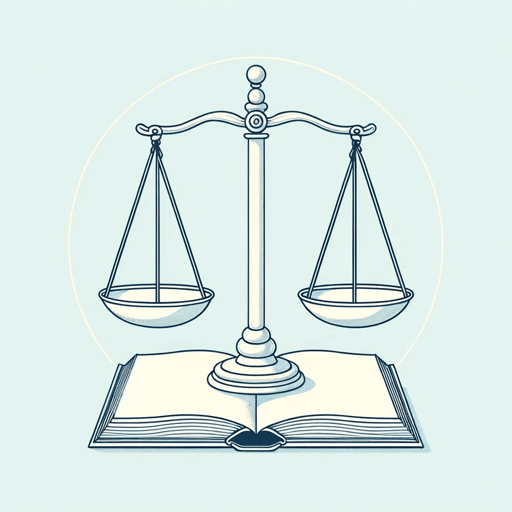24 pages • 48 minutes read
PlatoCrito
Nonfiction | Essay / Speech | Adult | BCEA modern alternative to SparkNotes and CliffsNotes, SuperSummary offers high-quality Study Guides with detailed chapter summaries and analysis of major themes, characters, and more.
Literary Devices
Dialogue Format
Like much of Plato’s corpus, Crito is a dialogue—a written account of a conversation between characters. The word “dialogue” itself comes from the ancient Greek word dialogos, which means conversation. Many of Plato’s dialogues involve the character of Socrates. Plato modeled this literary Socrates after the historical Socrates, who was Plato’s teacher. Although Socrates does not play a starring role in all of Plato’s dialogues, he does in many. Crito is named for Socrates’s interlocutor—the person with whom he speaks—who was modeled after a historical friend of Socrates. Plato was not the only ancient author to write in dialogue format—others include Xenophon (Plato’s rough contemporary) and the Roman author Cicero.
There are other surviving forms of ancient philosophy in addition to dialogues. Authors frequently wrote treatises (a written prose work that systematically discusses a particular topic) and even philosophical poetry. The benefit of the dialogue format for Plato’s purposes is that it can closely follow the method of Socrates’s style of teaching, now known as the “Socratic method.” It involves the educator posing question after question to the student until the student eliminates all but the correct answers. As Socrates left no writing of his own, dialogues like those by Plato and Xenophon are extremely valuable for investigating both what and how he taught.
Related Titles
By Plato
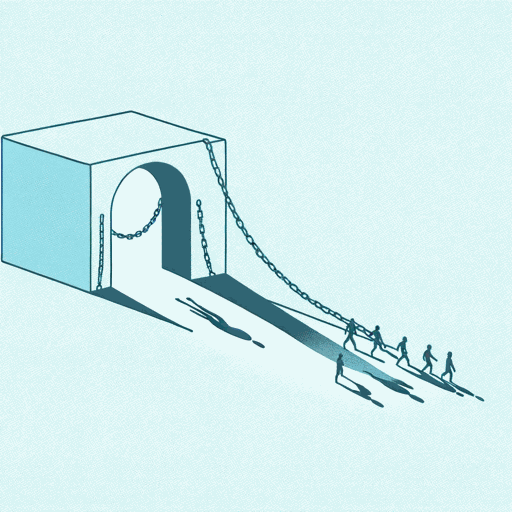
Allegory Of The Cave
Plato

Apology
Plato
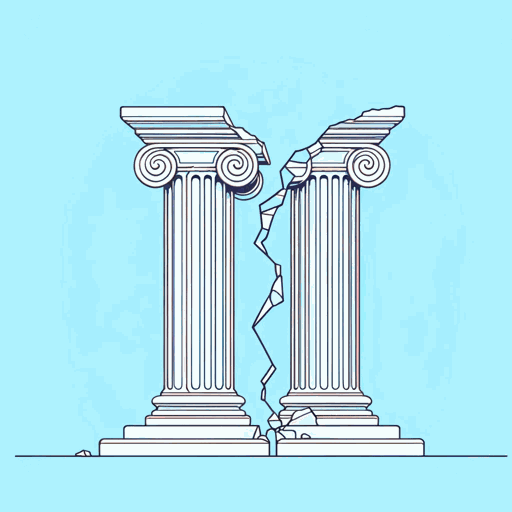
Euthyphro
Plato
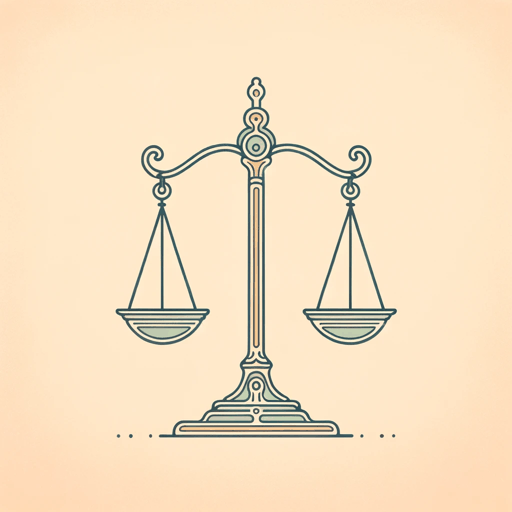
Gorgias
Plato
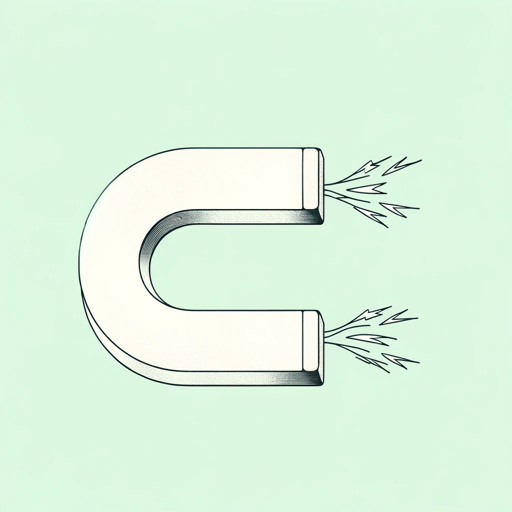
Ion
Plato

Meno
Plato

Phaedo
Plato
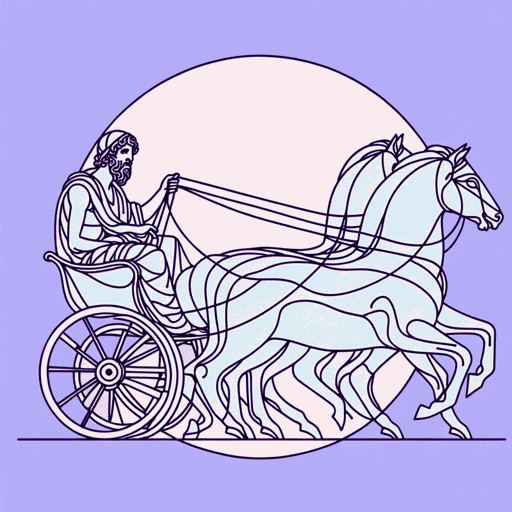
Phaedrus
Plato
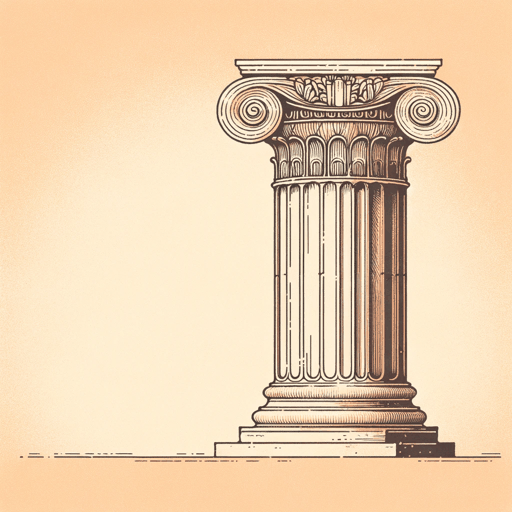
Protagoras
Plato

Symposium
Plato

Theaetetus
Plato

The Last Days of Socrates
Plato

The Republic
Plato
